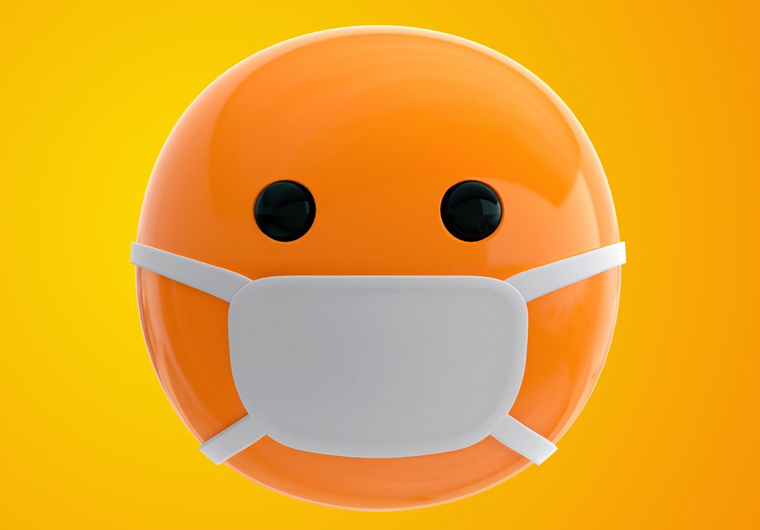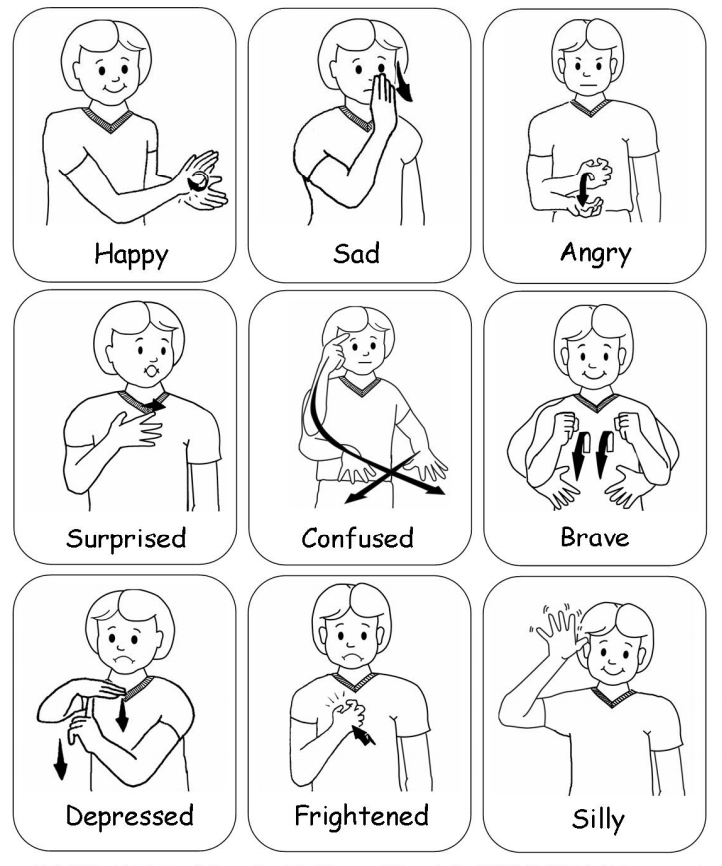
Communication between people is a mix of words, gestures, facial expressions and tonality; in many circumstances, how we communicate is what we communicate; it’s a matter of nuance. Words delivered with a sneer are received differently than those delivered with a smile. By observing the nuances of communication, we better discern the intent, meaning and implication of speech, but masks cause a loss of nuance.
Now that everyone’s wearing masks in public, I’ve observed a strange effect; with our faces largely covered, conversations between strangers are fewer, louder, and generally shorter. This is not surprising, since the loss of observable facial expression creates a communication information gap. It’s also no surprise that people are speaking louder, in order to overcome a perceived or actual muffling of sound by masks. Since communication is more difficult, the conversations are shorter, although that’s not necessarily a bad thing.
Exactly how long we will be wearing masks is uncertain; it may be required for many months going forward. Like all cultural change, this presents us with both a problem and an opportunity; while masked our customary mode of communicating is less efficient, but other modes can fill in the gap. The most useful of these, I believe, is using some basic sign-language to express feelings, and signing while we speak.
We already employ some signing while we speak that’s easily understood, like giving someone the finger or a thumbs-up, but there’s a variety of hand-signs that can be used to express feelings. What’s implied with a gentle smile or down-turned frown can be expressed symbolically with hand-signs. Although the eyes and eyebrows convey some sense of emotional reaction, they too are often obscured by sunglasses or hat brims. The use of hand-signs can overcome masked communication limitations, and if widely learned and used, can restore nuance.
Many people use their hands when they speak, ranging in style from “orchestra leader” like Bernie Sanders where hand movements punctuate the timing of speech, to classic “Italian Style” where particular movements are used in combination with words to embellish emphasis. Using hand signs indicative of basic feelings is all that’s really needed when faces are masked.
Accordingly, I suggest we all learn signs for the following: (1) happy, (2) sad, (3) angry, (4) surprised, (5) confused, (6) brave, (7) depressed, (8) frightened, and (9) silly. With these nine basic signs, our masked feelings can be revealed.

Signing also provides an opportunity for humor and irony: our voices can say one thing while out hands say something else.